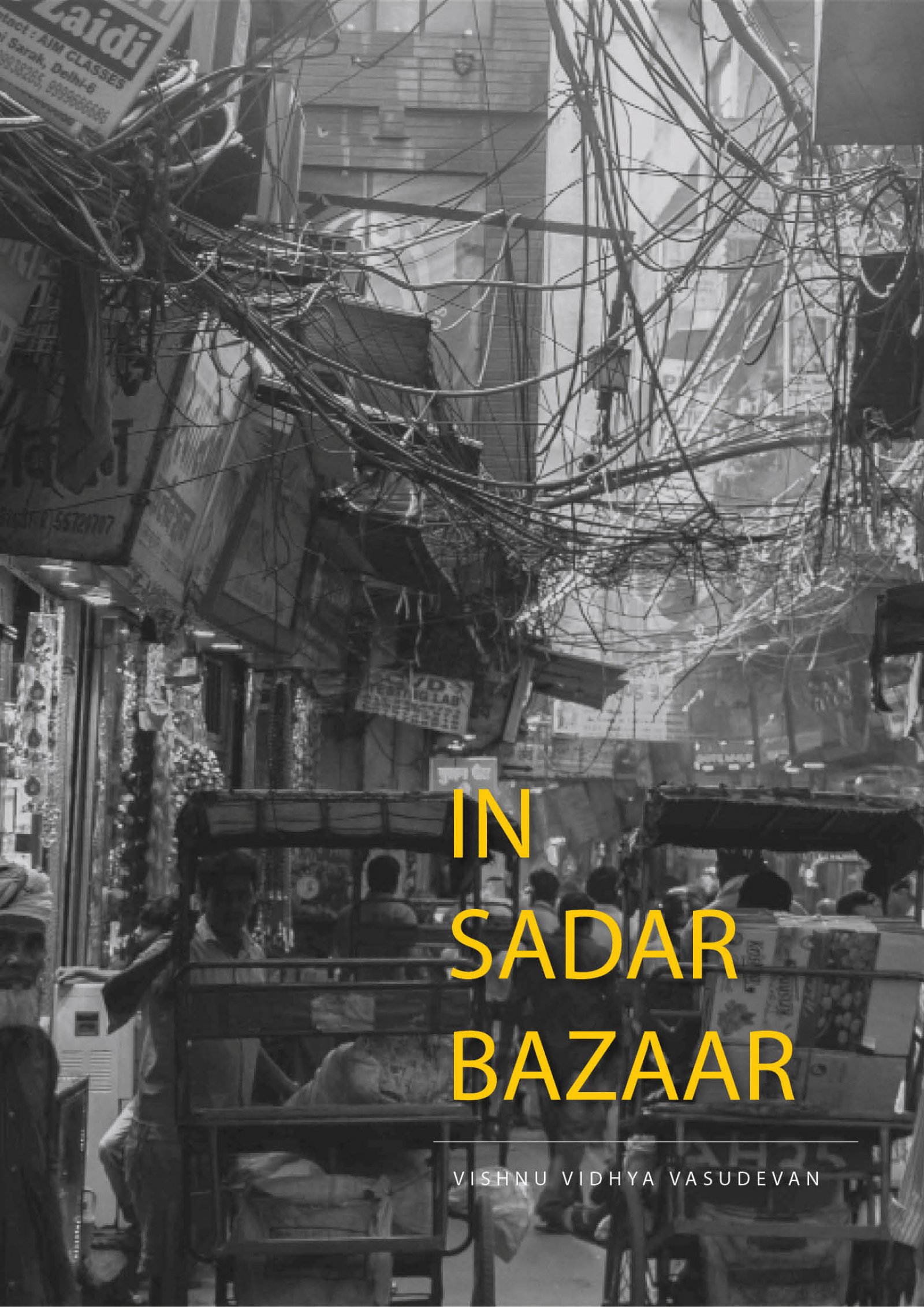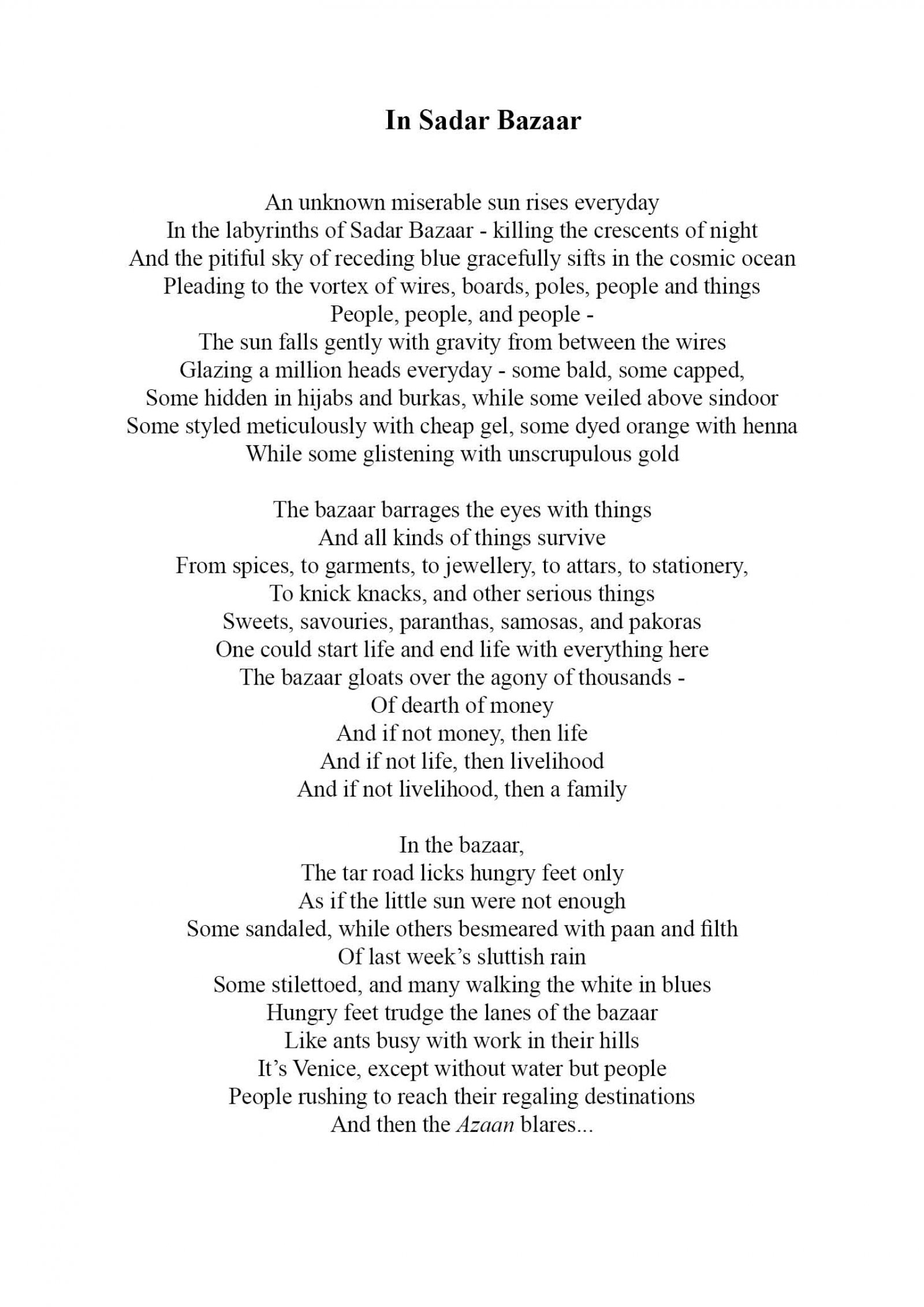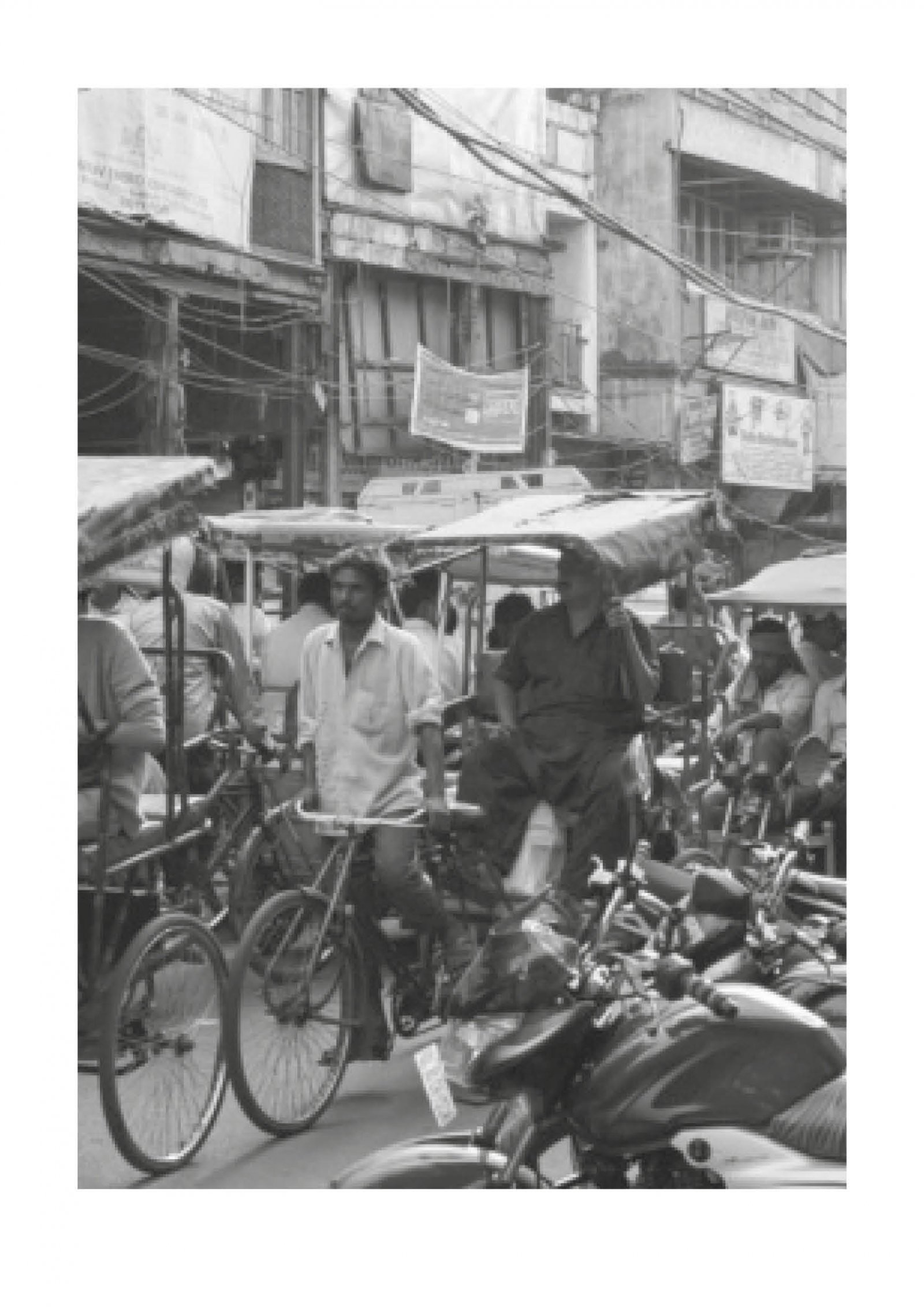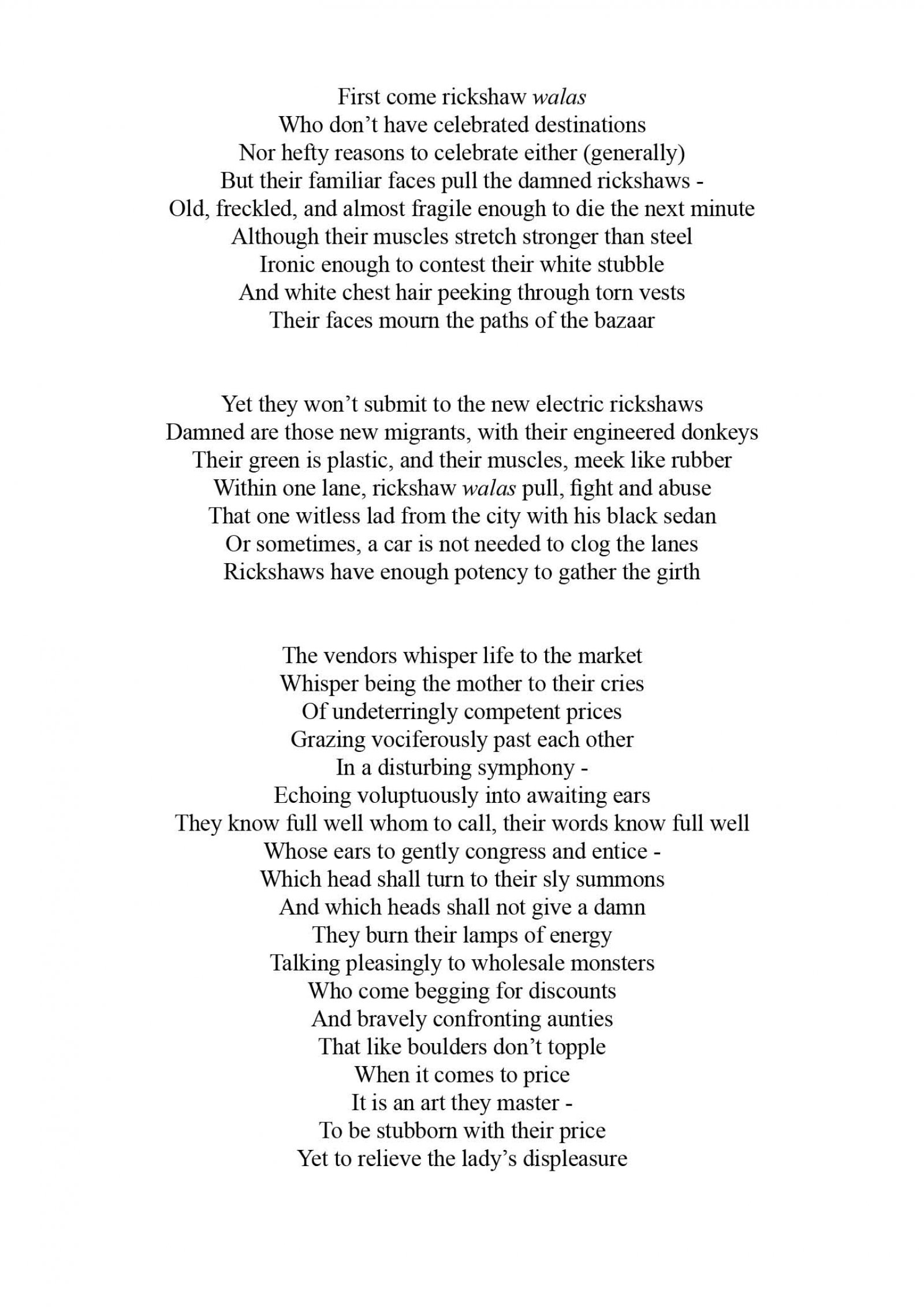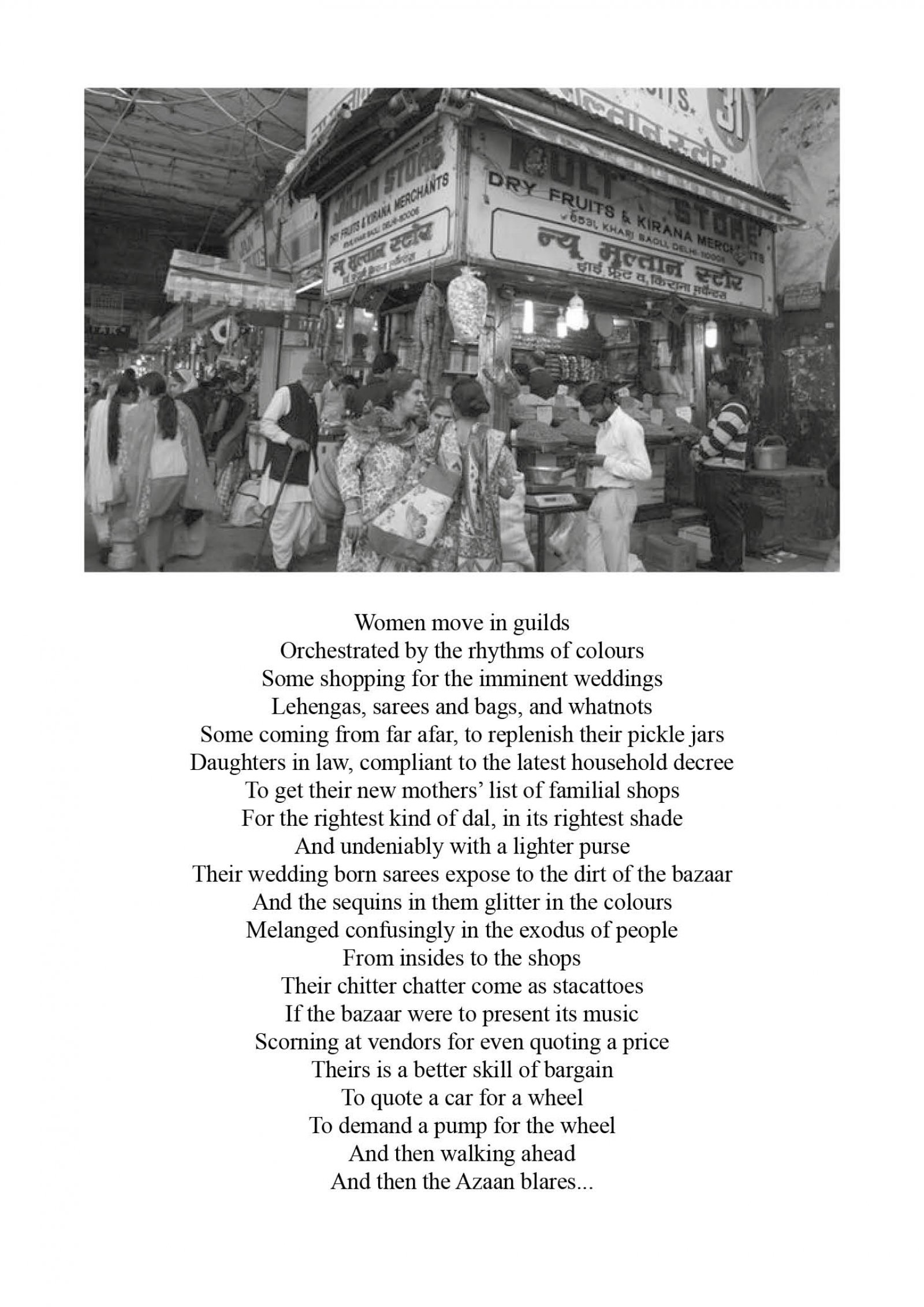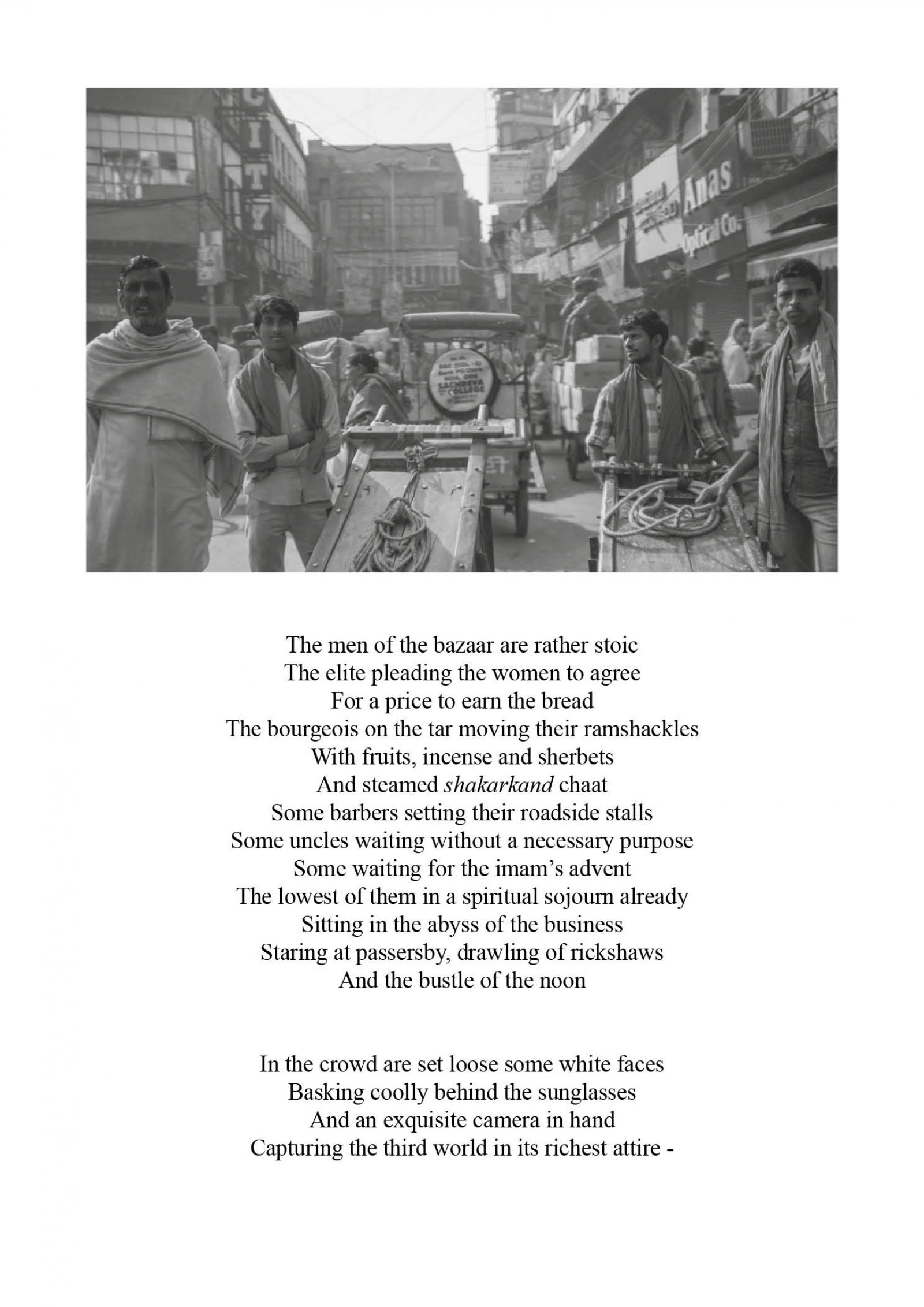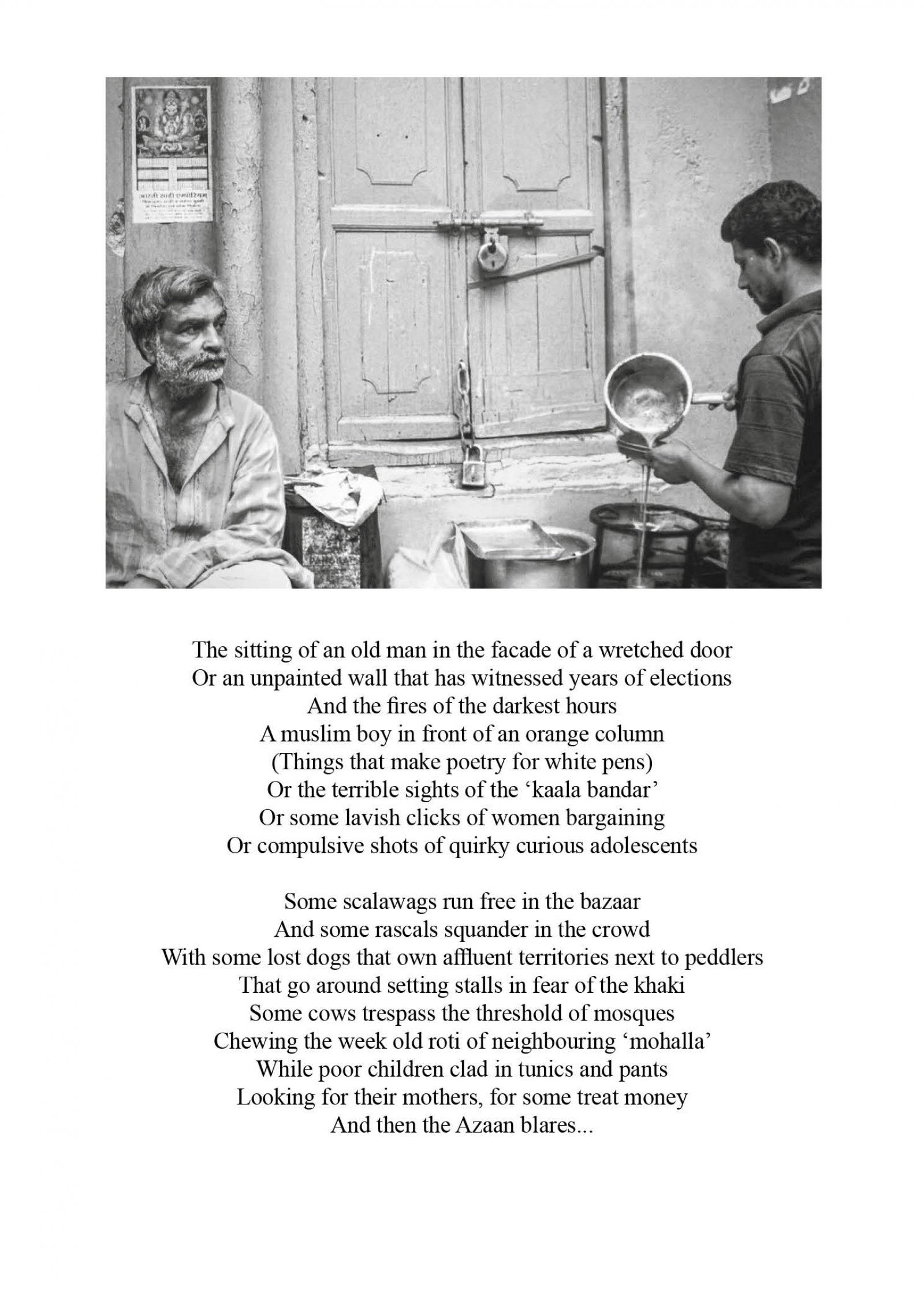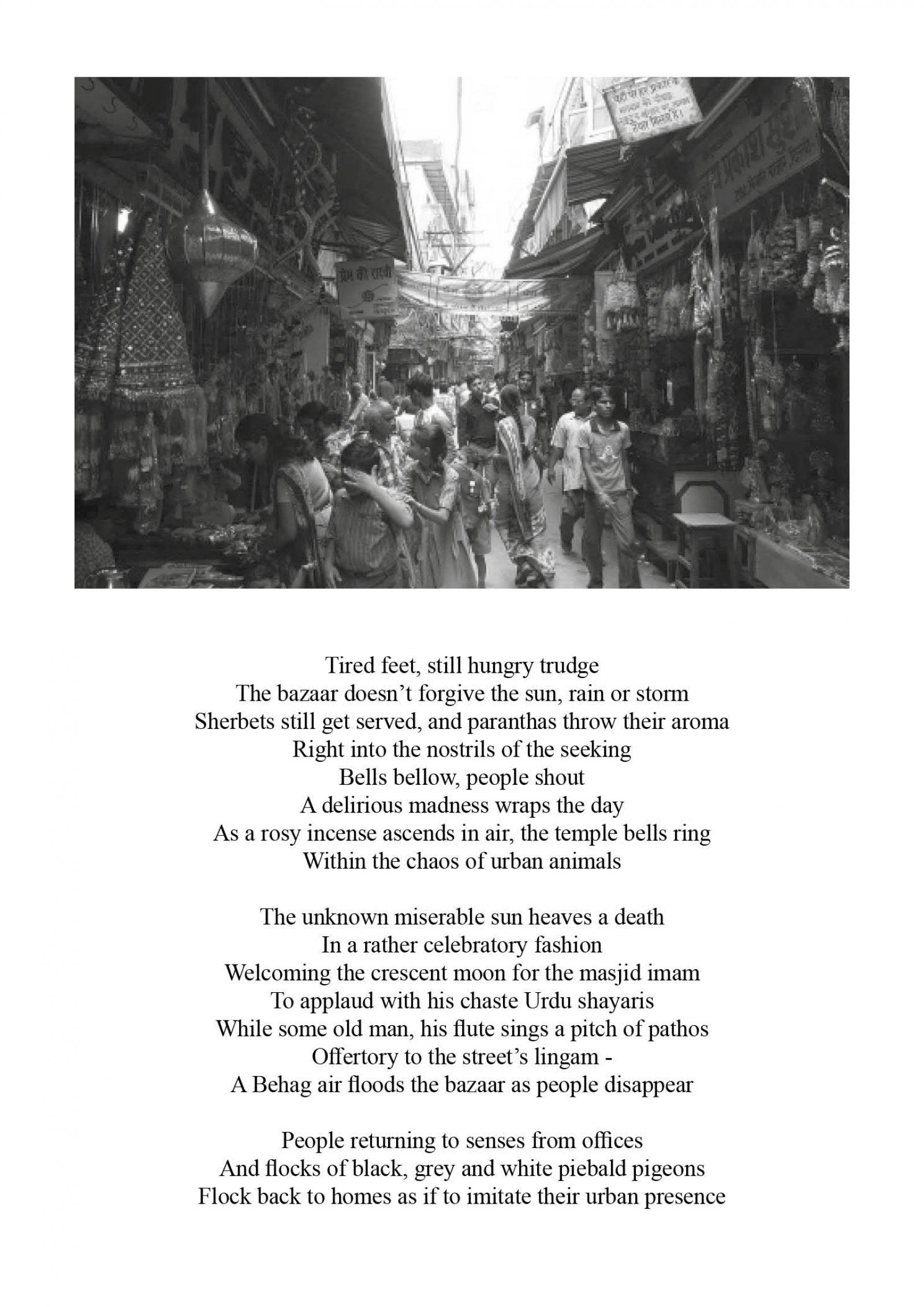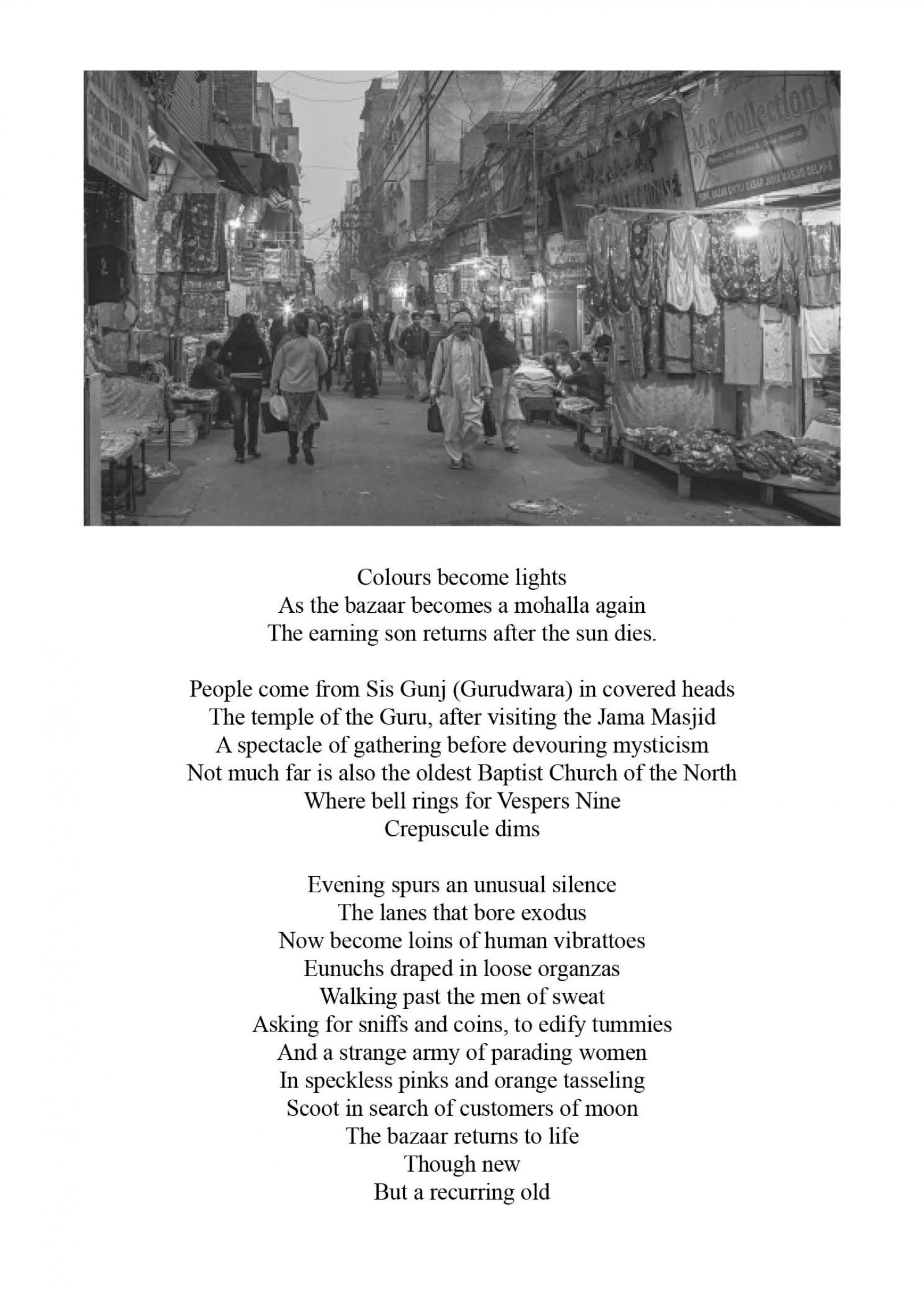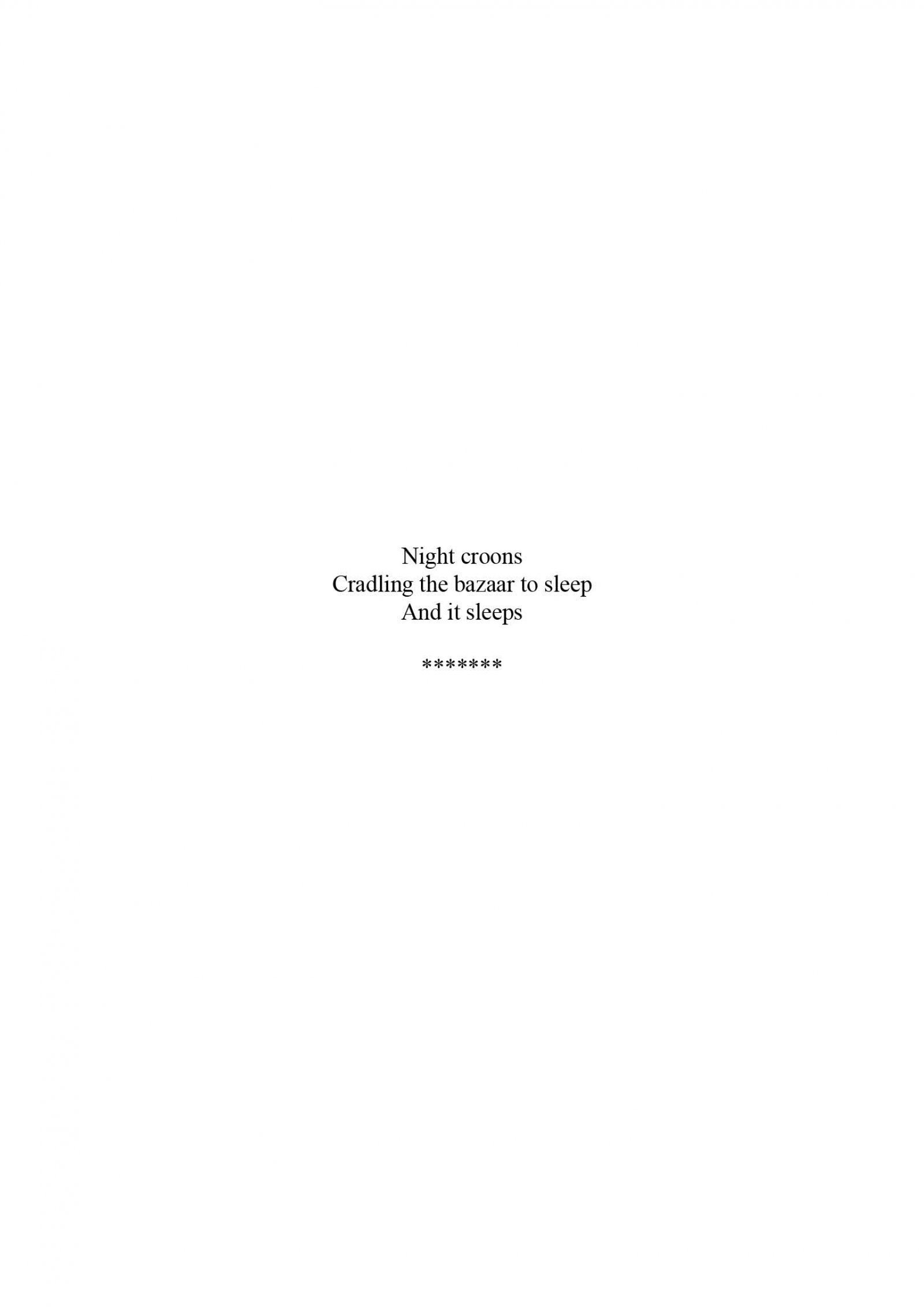Your browser is out-of-date!
For a richer surfing experience on our website, please update your browser. Update my browser now!
For a richer surfing experience on our website, please update your browser. Update my browser now!
Purani Dilli (Old Delhi), or the erstwhile Shajahanabad was founded in 1630s when the Mughal Emperor Shahjahan decided to shift the Mughal capital of Agra fearing overpopulation of the city that hindered the palatial ceremonies. It remained the Mughal capital until the fall of the empire by the British in 1857. It’s intrinsic foundation lies in the Islamic style that crafted the architecture in the region - the organisation, mosques, and mansions. In the pandemonium caused by the British colonisation, the city’s behaviour dwindled and was prone to urban experimentation. Superimposed on that was the British ideals of the West, and then a tremendous load of being the capital of independent India. With Delhi having a rich history of being the epicentre of power, it has always attracted people - for urbanism, for livelihoods, trade and commerce.In modern Delhi, dwells this neighbourhood of Chandni Chowk, pristine against the axis of time where one could discern the layers of history all amalgamating into one potpourri.Various urban markers amalgamate into a delirious oneness, defining a strong urban character to the neighbourhood. Having known that, there is a bazaar in Chandni Chowk called Sadar Bazaar, a wholesale market of things that sell almost everything a city can sell. This piece of blank verse attempts to narrate the character of the Bazaar fondling the various markers that overlap and give the flavour to it, mapping the activities, people and what all it sells, things and beyond. Religion, gender, caste, class, commerce, to name a few are some markers that the narrative touches upon.
